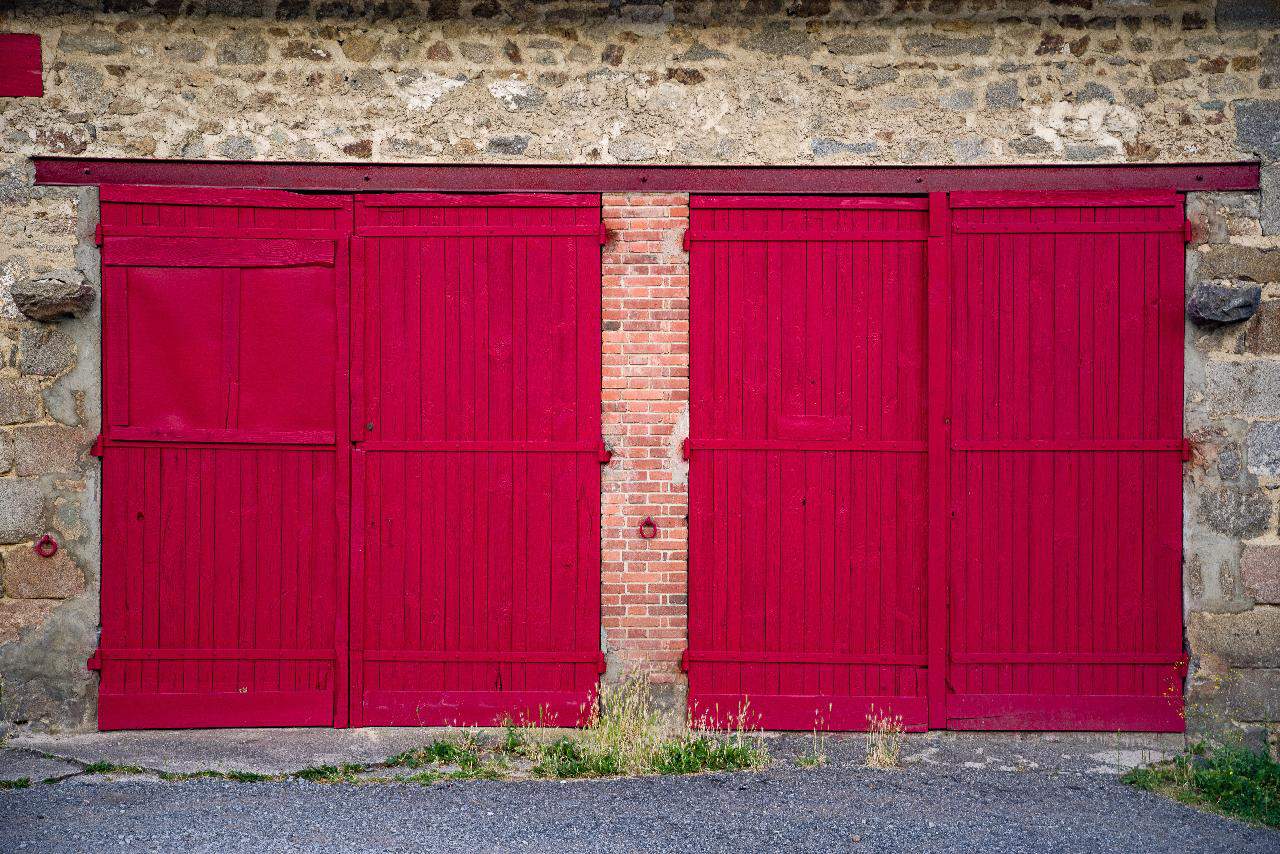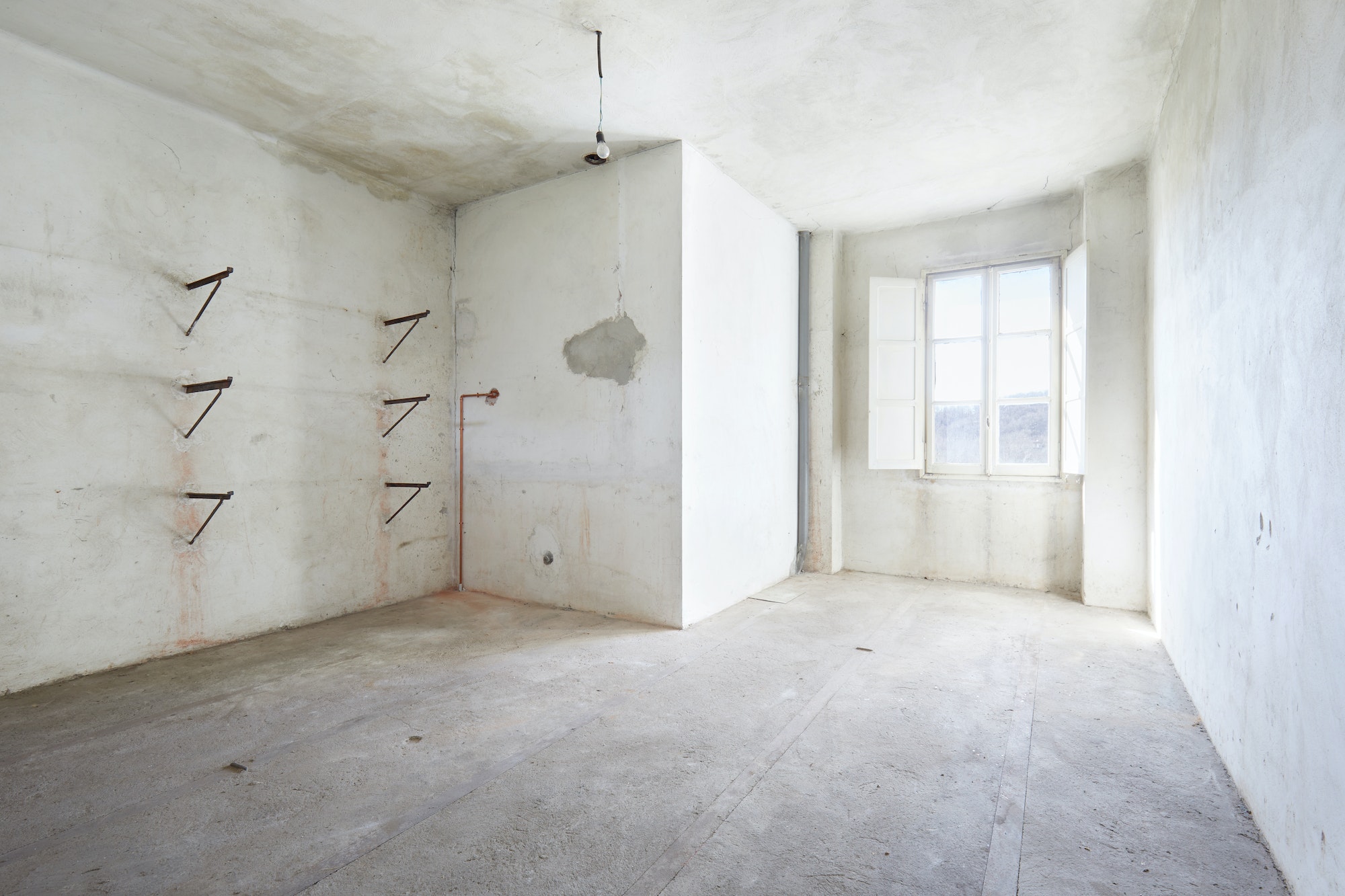Imagine entering a Scandinavian living room expecting to find warmth and coziness, only to find a place that is as chilly as a Nordic winter. This is what happens when hygge, the Danish concept of comfort and contentment, goes awry. Hygge is not just about aesthetics; it’s about creating an atmosphere that makes you feel like snuggling up with a good book and a warm cup of coffee on a chilly day. But, what if your Scandinavian interior design is more “brrr” than “ahh”? Let’s dive into the 25 hygge-killing mistakes that might be turning your cozy haven into a chilly chamber.
From overusing the color white to forgetting the importance of plants, these mistakes can turn your Scandinavian dream home into a design nightmare. But fear not, dear reader, for we are about to embark on a journey to identify these errors and provide you with practical solutions to bring the warmth back into your home.
Studies have shown that incorporating elements of nature and using natural materials in interior design can significantly improve mental health and well-being. A study published in the Journal of Experimental Psychology found that people working in offices with plants felt better and more productive. This highlights the importance of bringing nature indoors, a key element of hygge design.
25 Hygge-Killing Mistakes in Scandinavian Interior Design
| No. | Mistake | Explanation | How to Fix |
|---|---|---|---|
| 1 | Overusing Color White | All-white can feel sterile and lifeless. | Incorporate subtle colors and patterns. |
| 2 | Ignoring Textures | Textures add warmth and interest but are often overlooked. | Use a variety of textiles for layered warmth. |
| 3 | Too Much Minimalism | Minimalism should not lead to cold spaces; balance is key. | Ensure a blend of minimalism and comfort. |
| 4 | Cluttered Spaces | Clutter negates comfort and coziness, key elements of hygge. | Organize clutter with stylish storage options. |
| 5 | Neglecting Lighting | Proper lighting creates an inviting atmosphere, which is essential. | Use dimmers and multiple light sources for flexibility. |
| 6 | Forgetting Plants | Plants bring life and connection to nature, crucial for hygge. | Choose low-maintenance indoor plants. |
| 7 | Lack of Personal Touch | Personal elements make a space feel like home, not a showroom. | Mix personal decor elements with design pieces. |
| 8 | Using Old Furniture | Old furniture can feel outdated and uncomfortable. | Invest in quality furniture that is both stylish and comfortable. |
| 9 | Focusing Only on Aesthetics | Aesthetic choices should also prioritize comfort and usability. | Prioritize user-friendly designs in decor. |
| 10 | Not Considering Functionality | Functionality is essential for a truly comfortable living space. | Balance aesthetics with practical use in your home. |
| 11 | Overloading the Room with Furniture | Too much furniture can make a room feel cramped. | Select furniture that serves multiple purposes. |
| 12 | Ignoring Natural Light | Natural light is crucial for a bright and airy feel. | Maximize natural light with large windows and mirrors. |
| 13 | Choosing the Wrong Color Scheme | Neutral colors are key to Scandinavian design. | Use a neutral color palette with pops of color. |
| 14 | Failing to Add Personal Touches | Personal touches make a space feel unique and inviting. | Incorporate personal items like artwork and family photographs. |
| 15 | Overdoing the Comfort | Too many decorative items can create visual noise. | Balance comfort with minimalism. |
| 16 | Forgetting About Comfort | Comfort is essential for a hygge-inspired space. | Prioritize comfort with plush cushions and soft textiles. |
| 17 | Leaving Walls Empty | Empty walls can make a space feel cold. | Add wall decor that is concise and catchy. |
| 18 | Too Much Wall Decor | Too much wall decor can be overwhelming. | Keep wall decor minimal and balanced. |
| 19 | Excluding Plants | Plants are essential for a hygge setting. | Incorporate living houseplants into your design. |
| 20 | Not Adding Personality | A space without personality feels like a hotel room. | Add accessories that reflect your hobbies and life philosophy. |
| 21 | Over-styling the Space | A space that is too perfect can feel like a showroom. | Focus on practical applications rather than aesthetics only. |
| 22 | Forgetting the Importance of Texture | Texture adds warmth and interest to a space. | Incorporate a variety of textures into your design. |
| 23 | Ignoring Ergonomics | Ergonomics is crucial for everyday comfort. | Ensure furniture is arranged for comfort and functionality. |
| 24 | Choosing Synthetic Materials | Synthetic materials can make a space feel cheap. | Select natural and environmentally friendly materials. |
| 25 | Not Considering Sustainability | Sustainability is key to Scandinavian design. | Choose sustainable materials and energy-efficient solutions. |
Creating a hygge-inspired home is not just about aesthetics; it’s about crafting an atmosphere that promotes comfort, contentment, and well-being. By avoiding these 25 hygge-killing mistakes, you can transform your Scandinavian interior design into a cozy haven that invites relaxation and warmth. Remember, hygge is about simplicity, natural materials, and cozy atmospheres. So, go ahead, light some candles, grab a warm cup of coffee, and snuggle up in your newly designed hygge haven.
Final Thoughts
Hygge is more than just a design trend; it’s a way of life. It’s about embracing the simple pleasures and creating a space that feels like a warm hug. By incorporating these tips into your Scandinavian interior design, you can create a home that not only looks beautiful but also feels cozy and inviting. So, what are you waiting for? Start your hygge journey today and make your home a haven of warmth and comfort.
Discover more from Futurist Architecture
Subscribe to get the latest posts sent to your email.


![modern apartment [article_title]](https://www.futuristarchitecture.com/wp-content/uploads/2025/03/Small-Closet-Solutions-That-Will-Make-You-Feel-Like-You-900x600.jpg)
